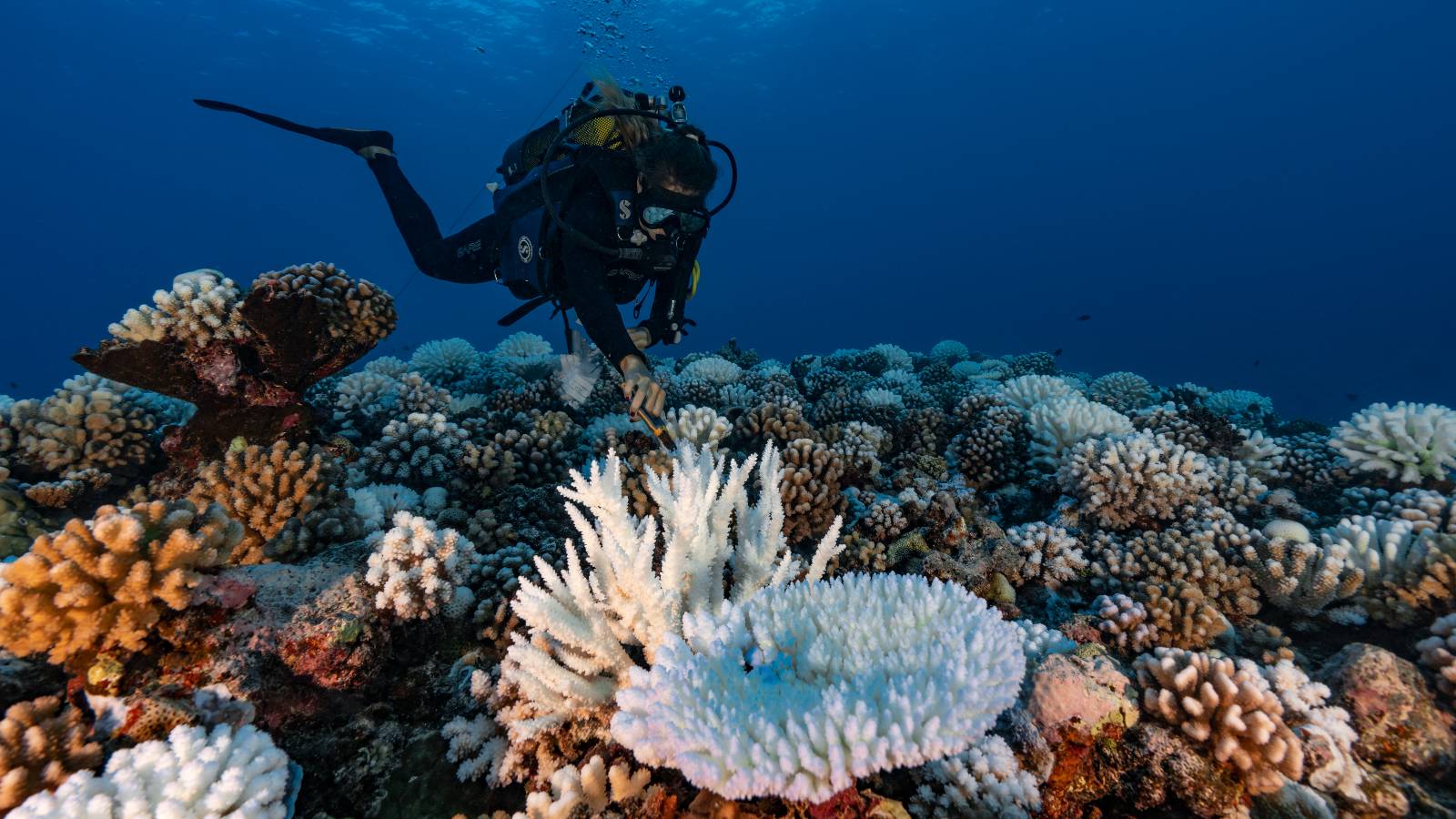Nearly 200 nations reached a milestone agreement early Monday morning to protect biodiversity, pledging action on more than 20 targets spanning from land conservation to invasive species to pesticide use in an effort to stem the rapid deterioration of nature world-wide.
The global accord, brokered at the latest United Nations’ biodiversity conference in Montreal, Canada, comes at a critical time: A recent U.N. report found that plants, animals, and ecosystems are declining at an “unprecedented” rate due to human activity, and that around 1 million species could go extinct within decades.
The convention’s headline goal — to protect 30 percent of the planet’s land and waters by the year 2030 — received the most floor time over the meeting’s two-week run. The target comes from famed biologist E.O. Wilson, who argued that to reverse the extinction crisis, half of the planet must be set aside “for nature.” Some countries, like Colombia and the United States (the only country besides the Vatican that is not an official member of the international Convention on Biological Diversity), had already begun implementing a scaled-down version of the goal, dubbed “30×30,” within their own borders. Now, however, countries have a new global pact, known as the Kunming-Montreal Global Biodiversity Framework, for protecting land and sea that some have compared to the 2015 Paris Agreement to limit global warming to 1.5 degrees Celsius (2.7 degrees Fahrenheit).
“It’s a landmark moment to have nearly every country on earth agree to halt and reverse biodiversity loss,” Craig Hanson, managing director for programs at the World Resources Institute, said in a press statement. “Yet the agreement is only as strong as countries’ political will to implement it, and countries now face the urgent task of turning these commitments into action.”
Leading up to the international gathering, Indigenous groups had expressed alarm over 30×30 and its potential to remove land and resources from tribal control in the name of conservation. “The prevailing concept of protected areas is ‘fortress conservation,’ exclusionary spaces based on the view of wilderness without people,” said Jennifer Corpuz, a member of the Kankanaey Igorot people from the Northern Philippines and a lead negotiator for the International Indigenous Forum on Biodiversity, a group of activists, scholars, and representatives from Indigenous governments and NGOs that organize around international environmental meetings. Time and again, studies have shown that Indigenous peoples are the best stewards of biodiversity, yet they are often hampered by protected area expansion and its attendant evictions and livelihood restrictions.
“We saw the negotiation of a new framework as an opportunity to address those problems,” said Corpuz. The final language of the agreement calls for “systems of protected areas and other effective area-based conservation measures, recognizing indigenous [sic] and traditional territories,” and Indigenous rights are also mentioned with strong language at numerous points throughout the pact, according to Corpuz. While Indigenous groups had called for their territories to be recognized as a distinct pathway to protect biodiversity, Corpuz said “we feel that the language is ambiguous enough to accept.”
The biggest sticking point in the biodiversity negotiations, or the Conference of the Parties or COP15, was over who would fund conservation action in the most species-rich parts of the world, mostly in the Global South. Developing nations called for a $100 billion fund from wealthy nations, similar to the fund established through the U.N.’ s convention on climate change for climate mitigation and adaptation. Last week, delegates staged a walkout over the issue. The final agreement requires wealthy countries to provide $30 billion a year to small island nations and developing countries by 2030, although research has shown that closer to $700 billion per year is necessary to reduce species decline. Objections on Monday morning from the Democratic Republic of Congo and other African nations over insufficient funding were overridden when Huang Runqiu, the president of COP15 and China’s minister of ecology and environment, brought down the gavel to end the conference.
In total, the final agreement contains 23 targets, including commitments to halve risks from pesticides and toxic chemical use in agriculture, halve invasive species introduction rates, and reform government subsidies linked to biodiversity destruction.
Language requiring that companies disclose their impacts on the natural world and their financial risks associated with species extinction was watered down in the final version of the text. Developing nations and Indigenous peoples had also asked that when countries extract genetic resources from their biodiversity-rich ecosystems, like rainforests and peatlands, to make drugs and other products, that the origin countries receive an equitable share of the benefits of the research. While a mechanism was not established, language in the final text sets forth a two-year process to create a way to fund the communities and countries from which biodata is taken; Indigenous communities are calling to be the main beneficiaries.
Countries now have eight years to meet their new targets, which some observers have criticized for prioritizing economic interests and lacking any enforcement mechanism. As it stands, the 30 percent goal is global, not specific to individual countries, and commitments will be voluntary, similar to the Paris Agreement. At the 2002 biodiversity conference in the Netherlands, parties agreed to reduce the rate of species loss by 2010 and failed. The last major wave of biodiversity goal-setting happened in Aichi, Japan, in 2010, and not a single one of the meeting’s targets was met by the 2020 deadline. Given the track record, it remains to be seen if countries will make good on their ambitious new commitments.



